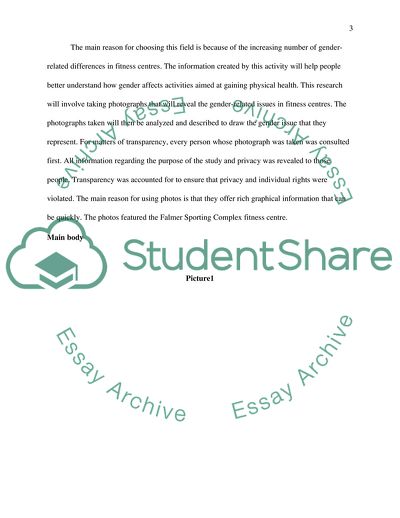Cite this document
(Gender and Other Intersecting Identities in Fitness Centres Research Proposal Example | Topics and Well Written Essays - 2250 words, n.d.)
Gender and Other Intersecting Identities in Fitness Centres Research Proposal Example | Topics and Well Written Essays - 2250 words. https://studentshare.org/gender-sexual-studies/1869915-how-is-gender-other-intersecting-identities-representedconstructedperformed-in-fitness-centre
Gender and Other Intersecting Identities in Fitness Centres Research Proposal Example | Topics and Well Written Essays - 2250 words. https://studentshare.org/gender-sexual-studies/1869915-how-is-gender-other-intersecting-identities-representedconstructedperformed-in-fitness-centre
(Gender and Other Intersecting Identities in Fitness Centres Research Proposal Example | Topics and Well Written Essays - 2250 Words)
Gender and Other Intersecting Identities in Fitness Centres Research Proposal Example | Topics and Well Written Essays - 2250 Words. https://studentshare.org/gender-sexual-studies/1869915-how-is-gender-other-intersecting-identities-representedconstructedperformed-in-fitness-centre.
Gender and Other Intersecting Identities in Fitness Centres Research Proposal Example | Topics and Well Written Essays - 2250 Words. https://studentshare.org/gender-sexual-studies/1869915-how-is-gender-other-intersecting-identities-representedconstructedperformed-in-fitness-centre.
“Gender and Other Intersecting Identities in Fitness Centres Research Proposal Example | Topics and Well Written Essays - 2250 Words”. https://studentshare.org/gender-sexual-studies/1869915-how-is-gender-other-intersecting-identities-representedconstructedperformed-in-fitness-centre.


